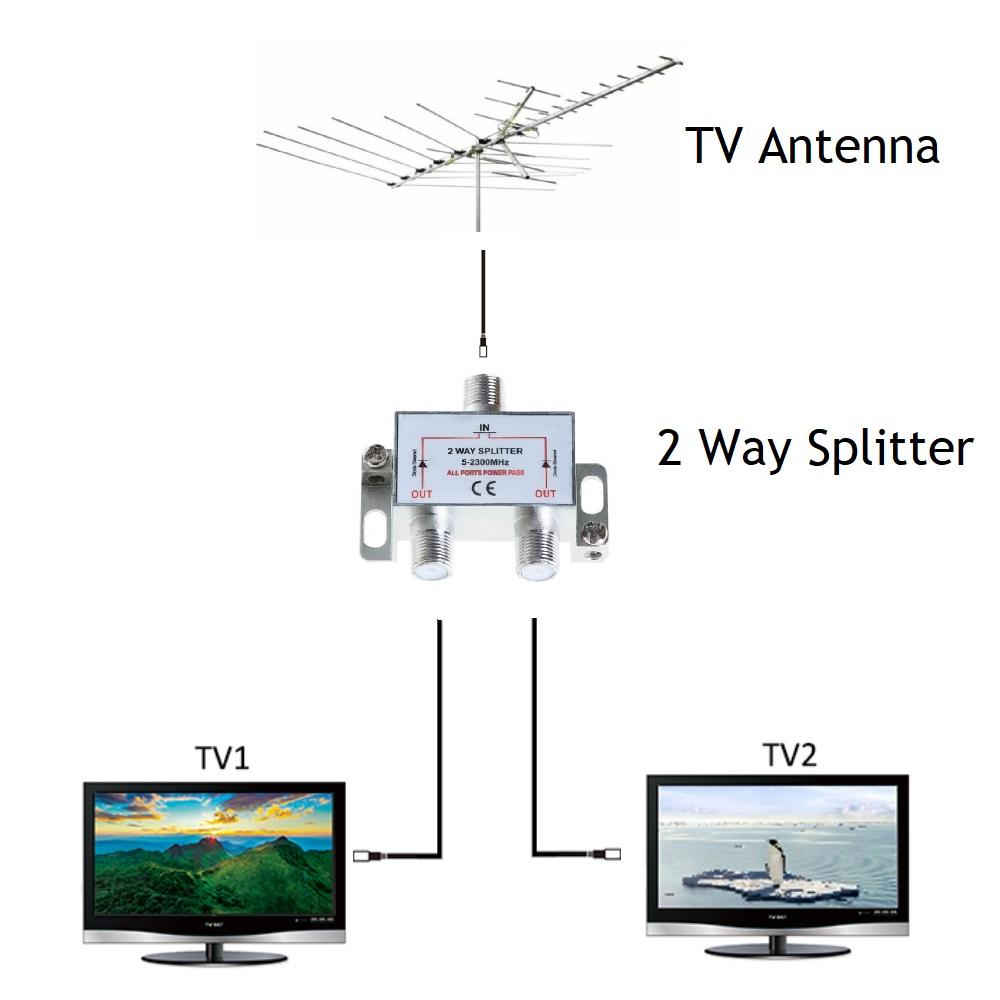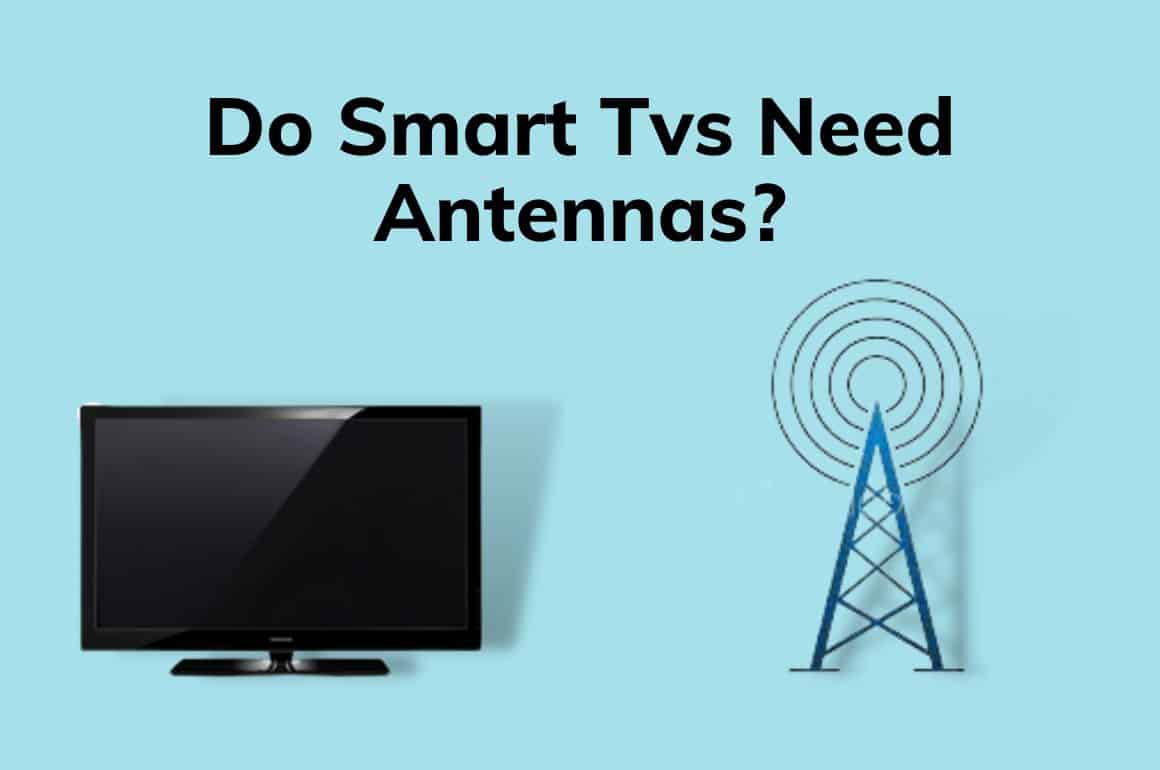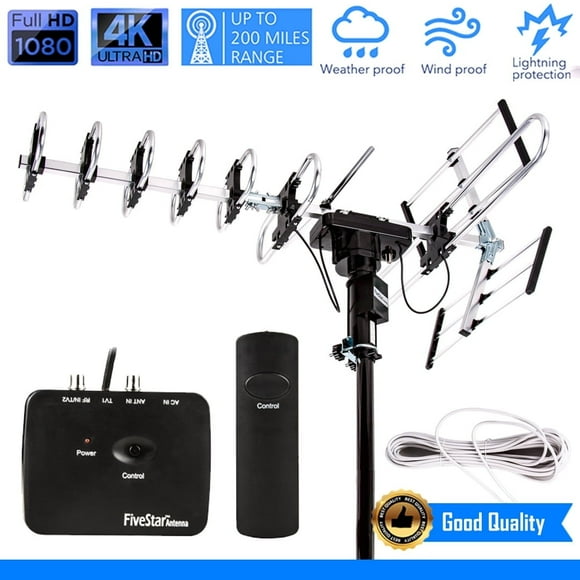Do New Tvs Have Built In Antennas

Breaking News: Are you cutting the cord but unsure about over-the-air TV? Many new TVs do not have built-in antennas, contrary to common assumptions. This is a crucial detail for consumers looking to access free broadcast channels.
Understanding antenna capabilities is essential for those considering over-the-air viewing options. The presence or absence of an integrated antenna drastically affects setup and viewing experiences. This article clarifies the current landscape of built-in antennas in new televisions, addressing consumer confusion.
Antenna Reality Check: What You Need to Know
The trend is clear: most modern TVs lack internal antennas. Don't assume your shiny new screen is ready to pull in local channels out of the box. You'll likely need to purchase an external antenna.
Who: TV manufacturers are increasingly omitting built-in antennas. What: New TVs typically require an external antenna for over-the-air broadcasts. When: This trend has solidified over the past few years and continues today.
Where: This applies globally, but availability may vary by region and specific TV model. Confirm the specifications of your chosen TV before purchase. How: TV manufacturers focus on streamlining design and reducing costs by removing integrated antennas.
External Antennas: Your Solution for Free TV
Fortunately, external antennas are widely available and relatively inexpensive. These range from small indoor antennas to larger outdoor models. Select the appropriate antenna based on your location and distance from broadcast towers.
Indoor antennas are convenient for those close to broadcasting sources. Outdoor antennas generally provide stronger signal reception. Remember that building materials can interfere with signals; so, testing various locations is often necessary.
Consider reviewing antenna reviews before purchase and check antenna placement recommendations. This will optimize your free viewing experience.
Navigating TV Specifications: A Crucial Step
Before buying a new television, carefully review the product specifications. Look for mentions of an integrated antenna or tuner capabilities. If unclear, consult with the retailer directly to verify the presence or absence of a built-in antenna.
Many online retailers provide detailed specification sheets. If they don't, then directly contact customer support channels. Double-check before you buy.
A quick online search using the model number of the television followed by "specifications" often yields the desired results.
Why The Change: Industry Perspectives
The move away from built-in antennas stems from a combination of factors. These include cost savings, design preferences, and a shift towards streaming services. Antenna technology adds to production costs.
Manufacturers emphasize internet connectivity and streaming platform integration. Built-in antennas are seen as less essential for the modern viewer. Note: the cord-cutting movement is still a popular way to consume media.
Removing the antenna simplifies design. This enables a sleeker, more minimalist aesthetic that appeals to consumers.
The Digital TV Transition: A Brief History
The transition from analog to digital television brought significant changes. The ATSC tuner enables high-definition over-the-air broadcasts. However, this transition didn't guarantee integrated antenna usage.
External antennas may be necessary to receive the full range of available channels. The strength of your signal depends on local broadcast conditions.
The ATSC 3.0 standard is the latest generation of over-the-air broadcasting technology. You may need an updated tuner to take advantage of ATSC 3.0 broadcasts.
Consumer Action: Ensuring a Seamless Setup
The key takeaway for consumers is to be prepared. Plan to purchase an external antenna if you intend to watch free over-the-air television. Factor the cost of the antenna into your budget when buying a new TV.
Remember to research antenna options that are compatible with your local broadcast signals. Consult with retailers or antenna experts for specific recommendations.
With the proper antenna, you can enjoy free high-definition television broadcasts. This delivers local news, sports, and entertainment without recurring subscription fees.
Ongoing Developments and Resources
Stay informed about advancements in antenna technology. Check consumer electronics websites and forums for the latest updates.
The Federal Communications Commission (FCC) offers resources on digital television. These help understand broadcast signals and antenna placement.
Keep in mind: The shift away from built-in antennas is likely here to stay. Plan accordingly to make informed purchasing decisions.


















